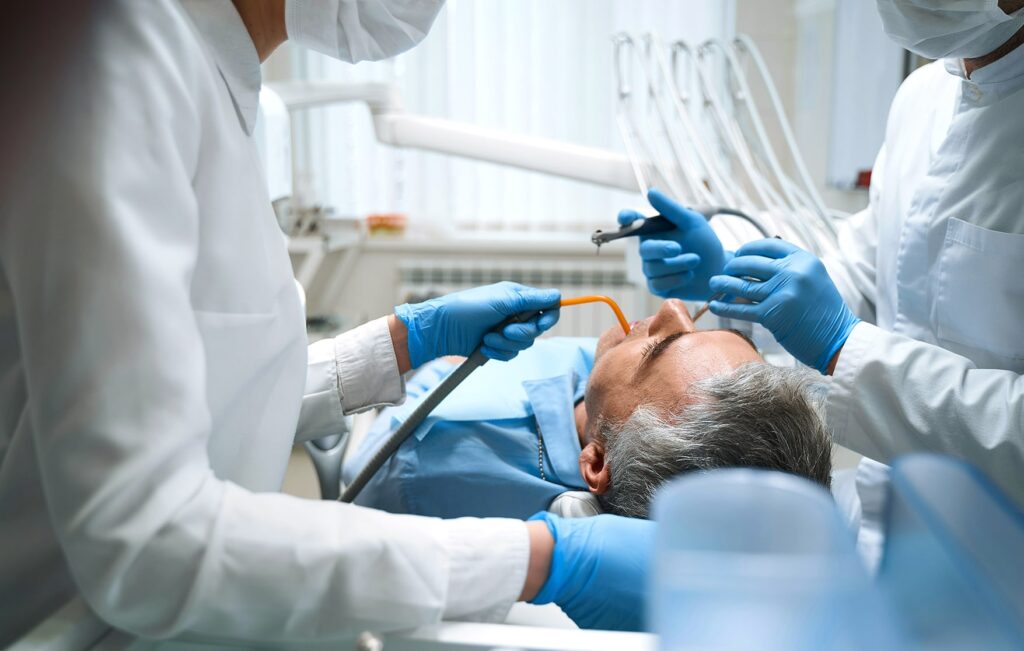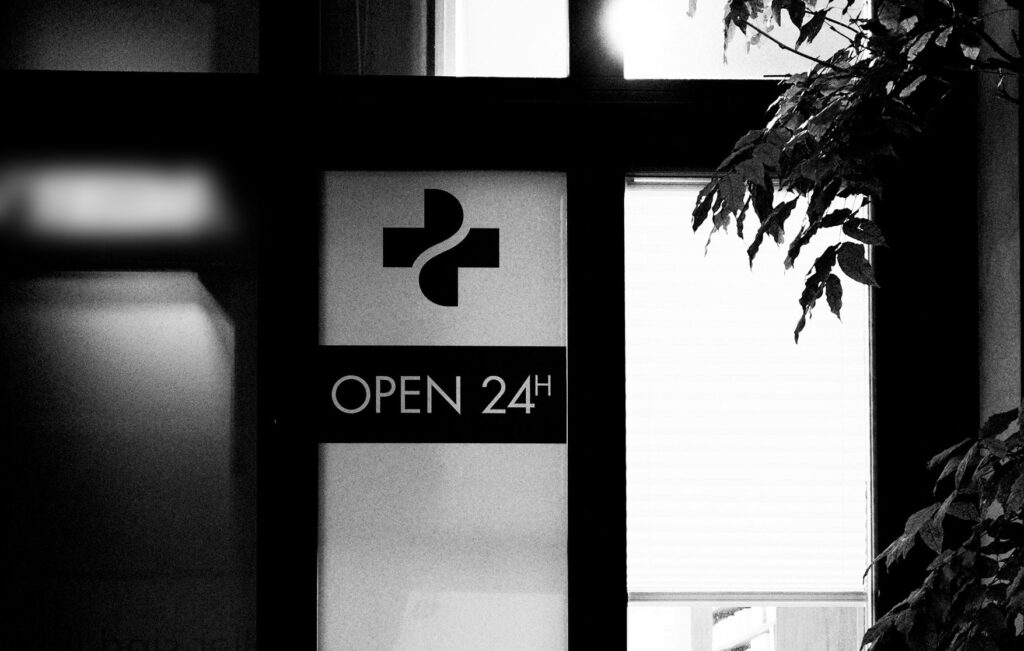Tooth Extraction: An In-Depth Guide
Severe pain, swelling, or infection can sometimes indicate that a tooth extraction is necessary immediately. This guide walks you through the process of emergency tooth extraction, including when it’s urgent, how it’s performed, and what the recovery looks like.

Reviewed By Dr. Dennis Rollins, DDO | July 2025 • 6 min Read
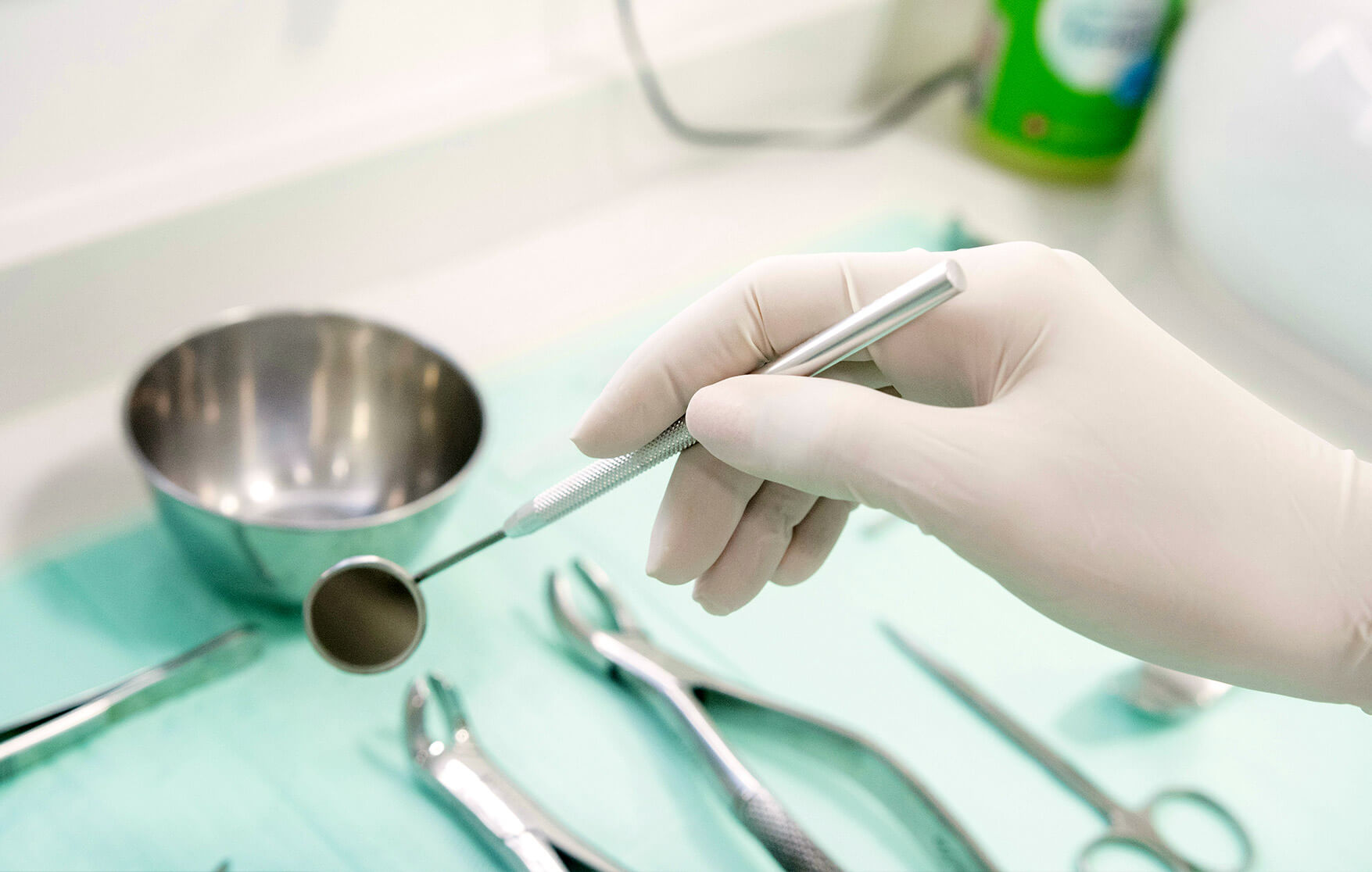
When Tooth Extraction May Be Required
Severe Decay
Deep infection spreading into gums or bone may require urgent removal.
Knocked-Out Tooth
Displaced or fractured permanent teeth sometimes can’t be saved.
Abscess Swelling
Infection causing swelling often demands quick extraction.
Broken Tooth
Severely fractured teeth beyond repair need emergency extraction.
Unmanageable Pain
When restoration isn’t possible, removal can end severe, ongoing pain.
Failed Treatment
Teeth that don’t respond to prior care may need removal.
What to Expect During Tooth Extraction
Evaluation
The dentist checks your tooth, asks about your medical history, and often takes X-rays.

Extraction
Local anesthesia keeps you comfortable as your dentist removes a tooth with forceps; surgical extraction may require an incision or bone removal.

Post-Treatment
You’ll bite on gauze for 30–60 minutes. Before leaving, the dentist explains how to keep the area clean and what warning signs to watch for.
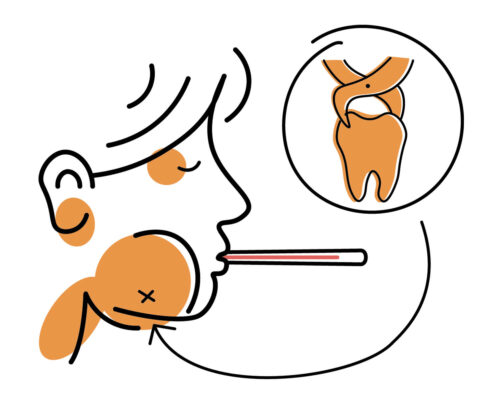
Why You Shouldn’t Wait
Delaying an extraction can turn an already painful situation into something much more dangerous. Infections don’t stop at your tooth, they can spread into your jaw, face, or bloodstream. In some cases, untreated dental infections lead to sepsis, which can be life-threatening. Getting help early can save the tooth, reduce pain, and prevent expensive complications. If you notice swelling, fever, or trouble swallowing, don’t wait. Connect with us to find a dentist or, if symptoms are severe, head straight to the ER. Acting quickly protects your health and helps you recover faster.

Pre-Visit Consults or In-Person Care: What’s Right for You?
Not every dental emergency requires rushing to an appointment immediately. For certain situations—such as mild pain or questions about swelling—a call to a dentist can help determine whether you need urgent in-person care. However, serious cases—such as abscess drainage, broken teeth, or extractions—require an office visit. A good rule of thumb: start with a call if you’re unsure, and be prepared to head to the office if the dentist says it can’t wait.
Costs, Insurance, and Payment Options
Emergency care can be financially challenging during a difficult time. Most offices accept dental insurance, though coverage for emergency procedures can vary. If you don’t have insurance, you still have options: many clinics offer cash discounts, payment plans that spread the cost, or membership programs that reduce fees. The best step is to ask when you call. Offices are designed to help patients quickly determine cost and coverage. Getting urgent care should be possible for everyone, regardless of your budget.
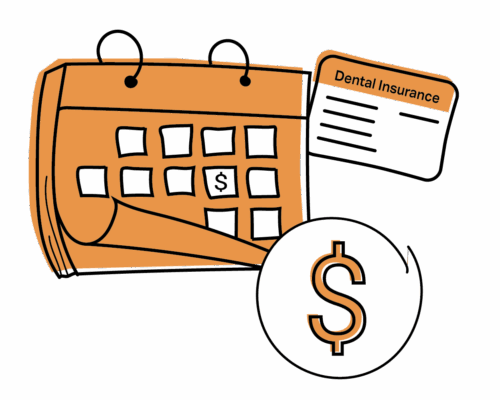
ER or Dentist? Making the Right Call
If you’re experiencing swelling that makes it difficult to breathe, swallow, or open your mouth, or if you’ve had major facial trauma accompanied by fever, chills, and severe pain, you should head straight to the ER. For most other urgent dental problems—such as broken teeth, abscesses, lost fillings, or severe toothaches—an emergency dentist is the right choice. When you’re unsure where to go, it’s best to call a 24-hour dentist first. They can assess your symptoms, guide you on the safest next step, and let you know whether you need immediate hospital care or emergency dental treatment.
How to Manage Pain and Infection While Waiting
If you can’t be seen right away, there are safe ways to ease your discomfort until your appointment. Rotating over-the-counter pain medicine like ibuprofen and acetaminophen—if safe for you—can provide strong short-term relief. A cold compress applied to your cheek helps reduce swelling, while gentle saltwater rinses keep your mouth clean to prevent infection. Some patients also use a dab of clove oil for temporary numbing. If a tooth has been knocked out, don’t scrub it; put it in milk or saliva and bring it with you. While you wait, avoid chewing on the sore side, smoking, or drinking hot liquids.
Preventing and Spotting Complications
The most common issue after an extraction is dry socket, when the protective blood clot falls out too soon. Symptoms include throbbing pain, bad breath, and seeing exposed bone. Risk is higher if you smoke, use straws, or rinse too hard on the first day. Prevent it by following instructions carefully: no straws, no smoking, gentle cleaning. If you suspect you have a dry socket, contact a dentist immediately. They can place a medicated dressing to ease pain and get healing back on track.

Ask A Dentist: Dr. Dennis Rollins:
When is a tooth extraction an emergency and when it can wait?
Class aptent taciti sociosqu ad litora torquent per conubia nostra, per inceptos himenaeos. In hac habitasse platea dictumst. Aenean dignissim, nibh sed iaculis hendrerit, velit risus rhoncus massa, in dictum nulla lectus ac eros. Phasellus laoreet mauris turpis, eget varius nisl tempor nec. Fusce eget ante mattis diam blandit cursus. Vivamus dignissim est sit amet tellus venenatis varius.
Nunc blandit libero sit amet odio ornare, eget suscipit lacus blandit. Quisque bibendum laoreet convallis. Vestibulum vestibulum posuere risus at scelerisque. Vestibulum ante ipsum primis in faucibus orci luctus et ultrices posuere cubilia curae; Mauris sed sapien bibendum, maximus eros ut, volutpat erat.

Find Emergency Tooth Extraction Near You
Tooth pain won’t wait. Call now to book a same-day emergency extraction with a local dentist.
Tooth pain won’t wait. Call now to book a same-day emergency extraction with a local dentist.
Frequently Asked Questions
How soon do I need an extraction if my tooth is infected?
Quickly. If you experience swelling, fever, or trouble swallowing, go to the ER immediately. Infection can spread fast and become dangerous.
What’s the difference between a simple and surgical extraction?
A simple extraction removes visible teeth with forceps. A surgical extraction involves cutting the gum or bone, usually for impacted or broken teeth.
Will emergency extraction hurt?
You’ll get anesthesia, so you’ll only feel pressure, not pain. Some soreness afterward is normal and manageable with medicine.
How do I manage bleeding after the procedure?
Bite firmly on gauze for 30–60 minutes. Don’t spit, rinse, or check too often, as this can restart bleeding.
How can I avoid a dry socket?
Don’t smoke, use straws, or spit forcefully. Rinse gently with salt water after 24 hours and follow your dentist’s aftercare.
What pain relief options are safe afterward?
Most dentists recommend ibuprofen or acetaminophen, sometimes both together. Follow the dosage instructions and use the medication as prescribed.
How long is the recovery?
Gums usually heal in 1–2 weeks. Complete bone healing may take a few months, depending on the complexity of the extraction.
When should I call the dentist after an extraction?
Call if any bleeding lasts for more than 12 hours, pain worsens after a few days, or you notice swelling, fever, or foul taste.
Can a knocked-out tooth be saved?
Yes, if it’s replanted within minutes. Keep it moist in milk or saliva and see a dentist immediately for the best chance.
What should I eat after extraction?
Stick with soft foods, such as yogurt, soup, and eggs. Avoid crunchy, hot, or spicy foods until your dentist says it’s safe.
Is sedation necessary for emergency extractions?
Usually not. Local anesthesia is enough for most patients. Sedation is used for complex cases or severe anxiety.
Are there risks like nerve damage or infection?
Yes, but they’re rare. Following aftercare instructions and attending follow-ups keeps risks low and healing on track.

